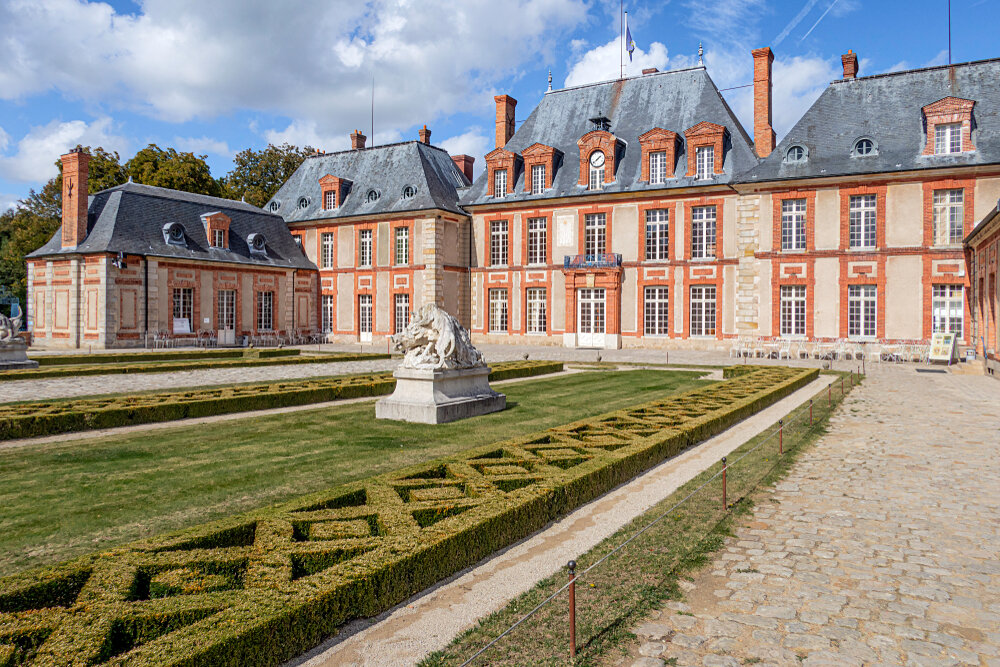In a quest for visual perfection that extended the visit to a castle, André Le Nôtre created a form of plant architecture that was highly appreciated throughout Europe during the Grand siècle. Perfectly organized and reflecting man's mastery of nature, his gardens were the first to contribute to the overall beauty of a place and still illustrate today the French art of living throughout the world.
